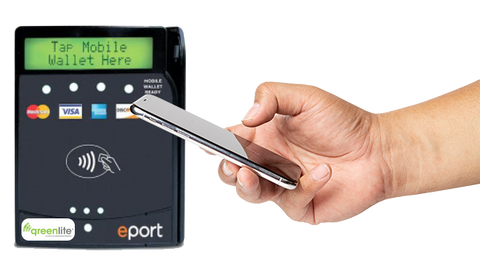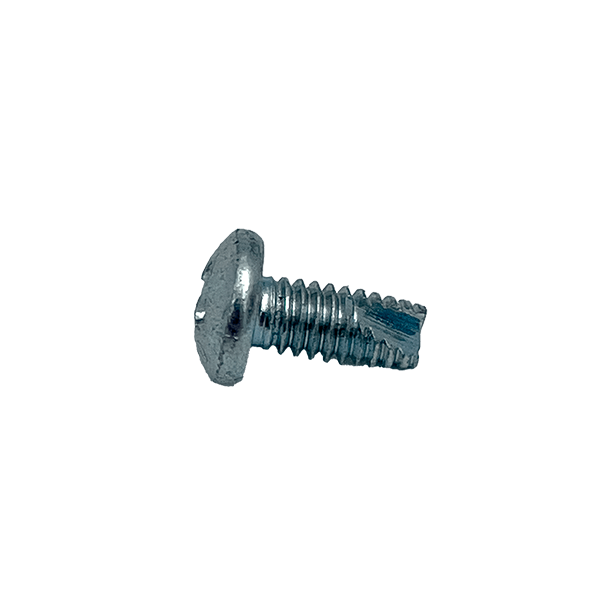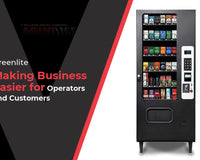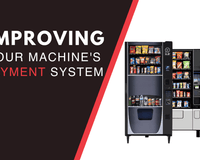Vital components in making a modern-day business successful are convenience and security. This is precisely what EMV provides – a convenient, secure format for cashless payments. It is a standard processing feature that makes credit and debit card payments more secure.
But how does EMV cater to your business? This will be explained throughout this article.
What is EMV?
EMV, which stands for Europay, Mastercard, and Visa, is a standard, secure mode of payment for cashless transactions. The technology, as the name indicates, is an initiative of the aforementioned card companies. It is a security standard that reduces the change of in-person credit and debit card fraud and increases the security of consumer financial data. EMV is now managed by EMVCo, with Mastercard, Visa, American Express, Discover, JCB, and UnionPay as its members. The safety aspect of these cards is attributed to a smart chip feature that can be used instead of the magstripe.
Payment facilities, such as vending machines, have shifted from magnetic stripe technology to EMV because of their robust security. While the United States of America did not adopt the technology until recent years, a 2015 adjustment in fraud liability in payments triggered a change that was always in the cards. Merchants without an EMV facility can be held liable for transactions made with EMV-enabled cards.
How does it work?
EMV-enabled cards use a chip to transmit data to the card reader. An EMV transaction transmits this data more securely than the magnetic strip, because it tokenizes the credit card data with twelve layers of encryption. Encryption of sensitive sata helps protect merchants and customers. EMV cards provide unique codes for each transaction, which makes it more difficult for fraudsters hacking the system to steal data and produce counterfeit cards. This is different from magstripe payments which send complete card number data. EMV technology is an important tool for merchants in the fight against chargeback fees from fraudulent purchases and other winnable disputes. Consumers can be more confident in their payment security when making purchases and operators can reduce chargeback risks and ensure banks are liable for fraudulent purchases with EMV compatibility.
Be ready for the changes
The governing rules of the US mandate every business to be EMV compliant. Businesses that fail to do so may have to face the consequence. As a case in point, liabilities due to fraud were entirely absorbed by the financial institution that issued the card. But from October 2015, the national rule makes the party that is the least compliant with EMV liable for the loss incurred. This means that businesses that are not compliant with EMV, when chip cards are presented, will incur the losses that they may have faced due to any fraud. It’s worth making the pivot, as it covers businesses with a blanket of security, apart from offering other features released for EMV transactors.
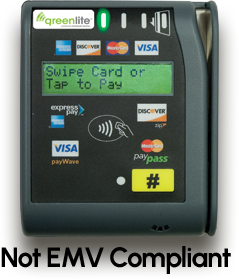
All these regulations convey in no uncertain terms that your card reader, even if it is not EMV enabled, will still function but may lose out on any payment functionalities that the customers may prefer (for example, they may have to swipe instead of just tapping to pay). And consumer preferences matter most in today’s day and age.
Increase your sales with Greenlite
Greenlite is offering a cashless device upgrade for non-EMV Greenlite Seed customers. The EMV-compliant ePort Cashless Kit will accept “tap” payments and encrypt sensitive credit card data.
The ePort is the only POS terminal in the vending industry that supports encryption from swipe to deposit in your bank account. The ePort is a dynamic upgrade your customers will love. There are zero upfront costs to switch from Greenlite Seed to Greenlite ePort. Go to https://greenlitevending.com/emv-upgrades/ to learn more about upgrading your cashless device to EMV compatibility.
